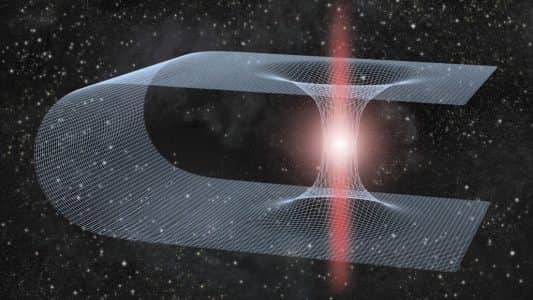Arctic Melting Brings in Better Internet in Alaska - Dispatch Weekly
July 12, 2016 - Reading time: 2 minutes
With increased melting in the Arctic because of climate change and global warming scientists have been ringing alarm bells over adverse repercussions and while they are not to be ignored, there is at least a little bright side to the whole ordeal – better Internet for Alaska.
Data reveals that there has been extensive melting in the Arctic with sea ice levels declining year-on-year. If we compare the amount of ice that has melted away – latest data indicates that a Texas-sized slab of ice that was spread across 4.63 million square miles has gone missing due to the melting. Arctic temperatures this spring were on an average about 5 degrees Fahrenheit above normal and this effectively meant that the daily sea ice extents were on an average about 232,000 square miles smaller than any May average in the last forty years.
“Ice cover has dramatically decreased everywhere in the Arctic since we started mapping it with passive microwave satellites in 1979,” says Laurence C. Smith, UCLA professor of geography. Increase in sea ice melts in Arctic is also causing an increase in melting in Greenland.
But there seems to be a little positive outcome of all this for the residents of Alaska living in the remote areas. If we look at how the world is connected through Internet today, it all comes down to satellites and underwater cables. As satellites are a costly affair, relatively cheaper option is to go about laying cables along the ocean floor and due to Arctic sea ice melt, ships are now able to navigate the Northwest Passage connecting the Atlantic and Pacific oceans.
To provide better connection to residents in Northern Alaska there is a need to connect an underwater fiber optic cable to a landline in Fairbanks. This is what an Alaska-based communications operator, Quintillion Networks, is doing with its project that will allow Alaska to expand connectivity to Europe and Asia with a fiber optic cable more than 9,000 miles long.
The first phase of cable laying is already underway and once that is complete, residents of the area will no longer be depend solely on expensive satellite and microwave systems for their telecommunication needs.

DW Staff
David Lintott is the Editor-in-Chief, leading our team of talented freelance journalists. He specializes in covering culture, sport, and society. Originally from the decaying seaside town of Eastbourne, he attributes his insightful world-weariness to his roots in this unique setting.

_1.jpg)


